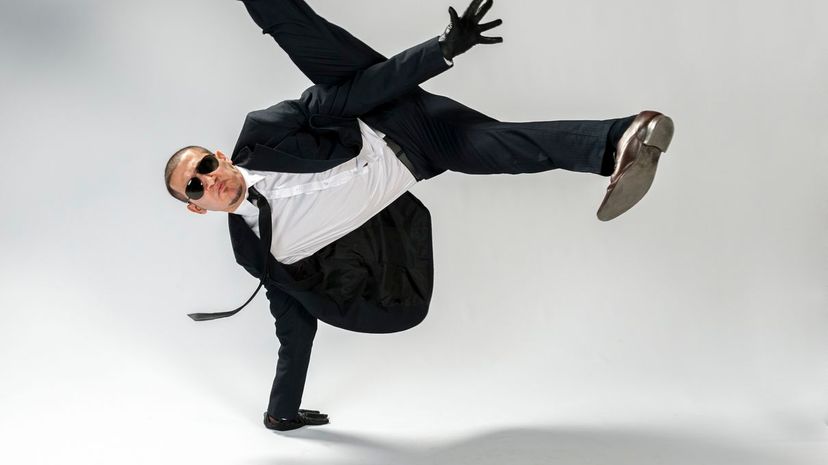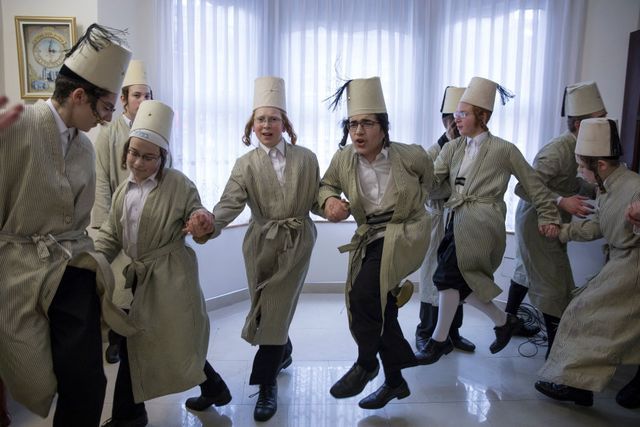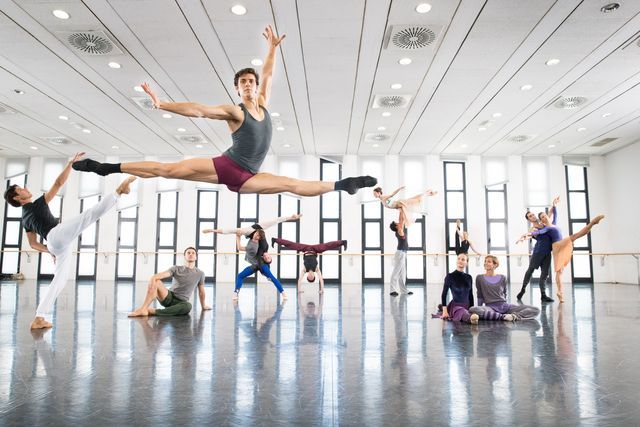
If Channing Tatum has taught us anything, it's that women love a man who can move. (Exhibit A: "Magic Mike.") Many other dance flicks have shown that the guy who can bust a move gets a girl.
But in the real world, at least in the West, you'd be hard-pressed to get many men out on the dance floor.
Advertisement
Scott Cupit, owner of London-based Swing Patrol, the world's largest swing dancing school, notes that while it is usually a challenge to get men to dance, certain groups of guys resist more than others. "In Australia, the Aussie men are often too 'macho' for a pastime that is not considered manly enough, and for the British lads they are a little more awkward and shy about looking or feeling out of their depth, thus it's a huge step to walk into a dance class," he says in an email.
But in other parts of the world, there's not so much of a stigma attached to men dancing. Anand Bhatt knows a thing or two about cultural opinions on dance. The first Indian-American pop star to walk the red carpet at the Latin Grammy Awards, he has performed all over the world. "In Indian culture, dancing is definitely accepted for men. Perhaps not as a career, but in general Indians like to dance," he says in an email interview. "And I mainly play Latin pop and tropical music, and throughout Latin America, dancing is not only OK for men, but it is encouraged."

Bhatt also noticed beginning in the early stages of his career that nonwhite men in general are comfortable dancing at weddings and other such events, whereas white men often steer clear of the dance floor. "The only 'backlash' or jokes I got about being a guy that is able to dance was from my white friends," he adds.
"Men dancing at a party, it's a mating ritual," says Georg Staib, a senior lecturer in the dance program at Emory University in Atlanta, in an episode of The Stuff of Life called "Men Dancing." "In Greek culture, Persian culture ... men dance together and women dance together ... It's almost like a peacock strutting."
As we can see, there isn't such a stigma associated with men and dance in many parts of the world. The issue has largely been perpetuated by modern Western ideals that promote hypermasculine behavior. This is an ironic twist, considering the fact that professional male dancers boast incredible strength and endurance, thanks to workdays packed with intense dance and weight training.
Throughout most of history, men dominated the dance world, and it was seen as an activity of the elite classes. For ballet, the shift began in the 19th century, when women started dancing en pointe, an impressive feat of feet that squarely positioned them as the stars of the show. This led to ballet becoming greatly associated with femininity. As a result, fewer men started to take up dance, and eventually competitive sports took over as the masculine choice.

"At the beginning of this process, however, the stigma was not based on male dancers' supposed homosexuality, which, furthermore, was not yet regarded as an identity trait. On the contrary, the stigma had its foundations in the increasingly dominant bourgeois culture. First, the dance-danced-by-men belonged to an aristocratic world which the bourgeoisie was standing up to," writes social scientist, Chiara Bassetti. "Second, the most appropriate leisure activity for the bourgeois man came to be identified with sport, which underwent a real boom from the second half of the XIXth [19th] century on."
However, popular culture indicates that Western society is becoming more accepting and encouraging of men who dance. Numerous television shows, like "Dancing with the Stars" and "So You Think You Can Dance" have captivated viewers for years now, with many of the male dancers, like Maksim Chmerkovskiy and Stephen "tWitch" Boss achieving significant levels of fame. The "Magic Mike" franchise, helmed by Tatum, has raked in nearly $300 million in worldwide box office sales, and featured such notably macho men as Matthew McConaughey, Michael Strahan and Joe Manganiello.
Yet, most of the time, men who dance are featured either as sexual objects, or in a partner scenario. The latter could actually be in indicator as to why Cupit has noticed a particular enthusiasm for swing dancing in the United States. "Culturally, the American guys have the built-in confidence and common sense to realise that dancing is cool and a great way to interact and break the ice," he says. "I have been to events in the USA where more males were in attendance, but I have rarely seen this in Britain or Australia. Culturally, swing dancing is part of American heritage and so it isn't quite so foreign where asking a male in other countries to try swing dancing can be the equivalent of asking then to walk on hot coals."
Check out this Stuff of Life podcast for more insight from men who love to dance or are completely embarrassed about it.
Advertisement
